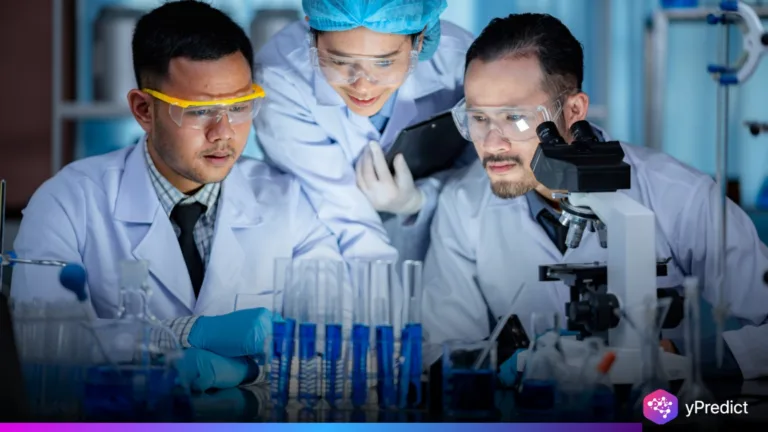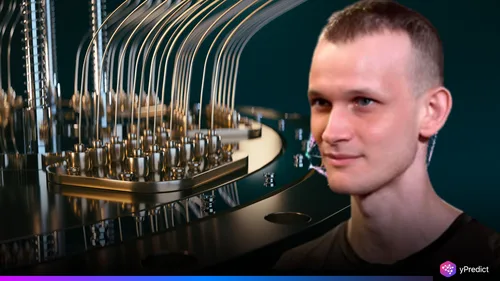
Researchers at Virginia Tech have made an important discovery in material science. They’ve created a new type of extra-strong metal using AI that explains how it works. These metals, called multiple principal element alloys (MPEAs), are very tough and long-lasting, making them perfect for use in airplanes, medical devices, and clean energy technology.
The project was led by Sanket Deshmukh, a chemical engineering professor. His team used a smart, data-based method that mixes AI, computer algorithms, and lab tests. This new way is much faster and more accurate than the old trial-and-error method. It helps scientists understand which metal combinations work best and why—saving time and money.
Explainable AI in Materials Science Enables Predictive Design
Unlike traditional AI, which can behave like a black box, the team applied explainable AI in materials science using SHAP (SHapley Additive exPlanations) analysis. This method interprets predictions and helps researchers understand how specific elements and their local environments influence alloy strength and stability.
This allowed the team to create optimized combinations of elements tailored for specific mechanical properties—greatly accelerating material discovery. “Our workflow doesn’t just guess; it explains why alloys work the way they do,” said postdoctoral associate Fangxi “Toby” Wang. “It transforms alloy development into a smarter, faster process.”
Virginia Tech’s Data-Driven Approach Produces Stronger Metallic Alloys
MPEAs are composed of three or more metal elements and are already used in medical implants, aerospace components, and catalytic converters due to their exceptional resistance to heat, corrosion, and wear. The new AI-designed alloy outperforms existing models in mechanical strength, showcasing the real-world impact of Virginia Tech’s innovation. The result is faster discovery, better performance, and a significant reduction in development cost and time.
Interdisciplinary Collaboration Powers the Breakthrough
The success of the project is rooted in cross-disciplinary teamwork. Deshmukh partnered with Tyrel McQueen of Johns Hopkins University and Maren Roman of GlycoMIP, a National Science Foundation platform for materials innovation. Graduate researcher Allana Iwanicki helped synthesize and test the new alloys, bridging computational design with hands-on lab work.
“This project connects computational and synthetic material sciences, pushing boundaries on both ends,” Iwanicki noted. The team is already using the same AI framework to develop glycomaterials—biopolymer-based materials with applications in food, packaging, and personal care.
Virginia Tech Paves the Way for Future Material Innovation
This development in AI materials by Virginia Tech signifies a shift in the way we construct materials. By utilizing explainable AI in materials science, the team has established a roadmap for faster, smarter innovation that goes way beyond metallic alloys.
“We’re building tools that can have impact across the industry from aerospace to biotechnology,” Deshmukh reiterated. Funded through the National Science Foundation, this project is poised to inform and inspire future breakthroughs that will change how we develop next-gen implants to advanced energy systems.







